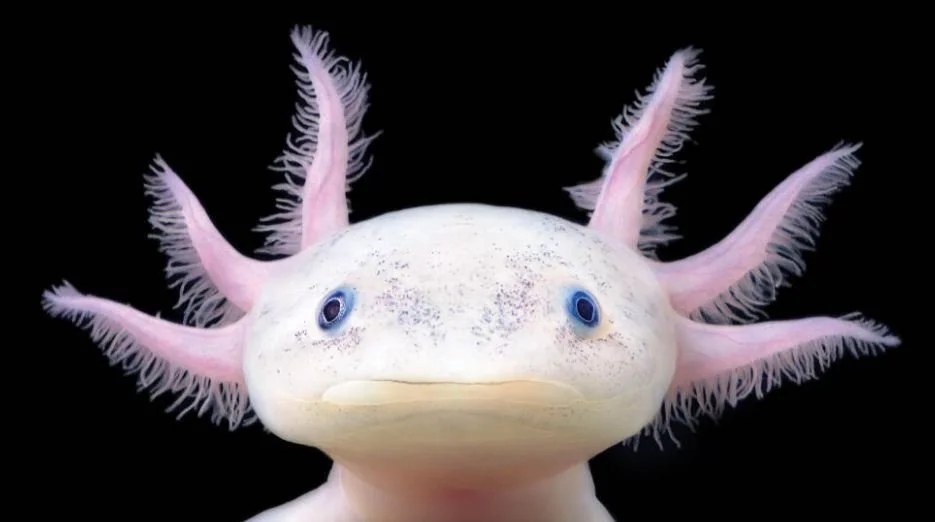Doom Arrives in New York City With Black Vultures
Due to climate change and related factors, a dozen or two bird species have expanded their ranges into New York City. Among them: The black vulture, a grim looking fellow with a five-foot wingspan who, in the old days, never strayed this far north.
“But the black vulture seems to be here for the foreseeable future,” Camille Baker wrote in the New York Times, “along with 20 or 30 species that have recently expanded their ranges into New York City. As weather patterns have warped, and habitats have shrunk and food supplies diminished, the migratory patterns of birds have also changed.”
Some changes in avian behavior are so subtle we barely notice them. For example, since when did the American robin and Canada goose spend the entire winter in the city? It’s a recent phenomenon, coinciding with less snow on the ground. These species can forage for food year-round with little snow cover, and their urban populations are growing.
Climate changes aren’t a boon to all birds, though. Wading birds in New York Harbor, like egrets and herons, are losing breeding grounds to sea level rise and other factors. Twenty years ago there were 15 active wading bird colonies in and around the harbor; today there are only six, the lowest number ever recorded. Shorebirds like the endangered piping plover are also losing living space, as more severe storms disrupt their nests between the dunes.
But it’s the debut of the black vulture in New York City skies that is so ominous. The carrion-eating raptors are not harbingers of doom so much as a sign that doom has already arrived – an apt symbol of a changed climate.
Photo credit: Audubon







